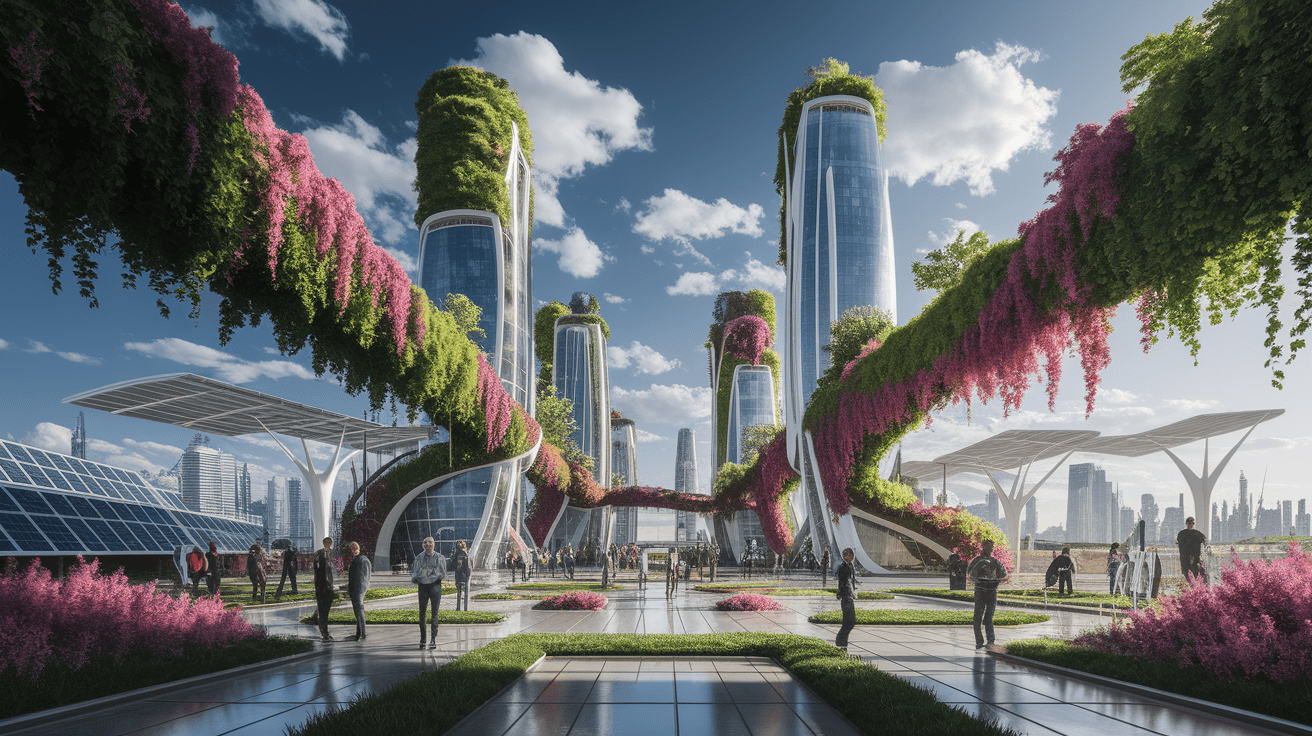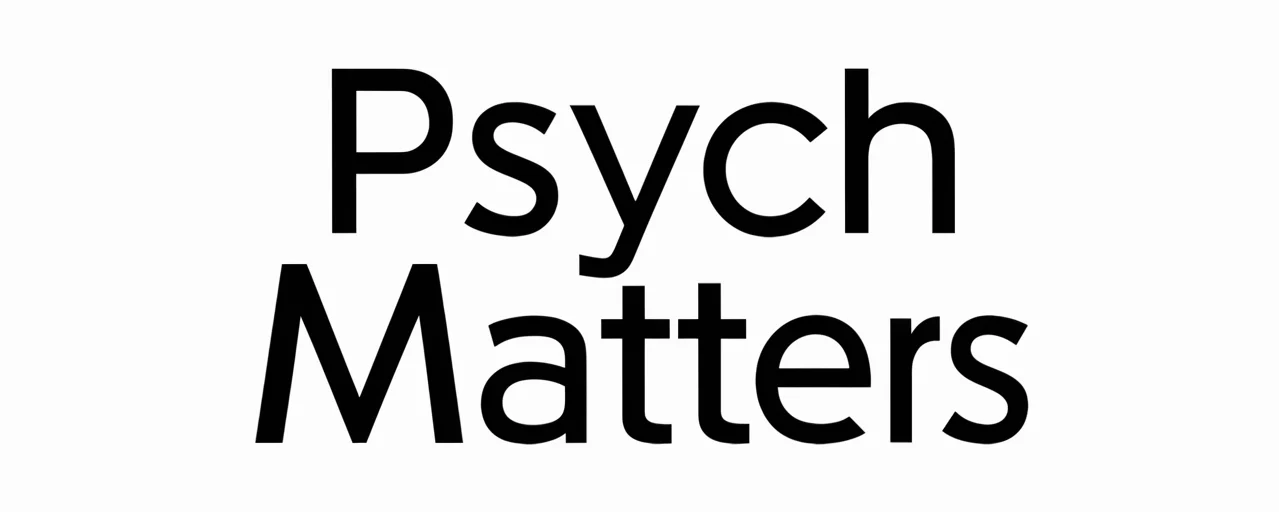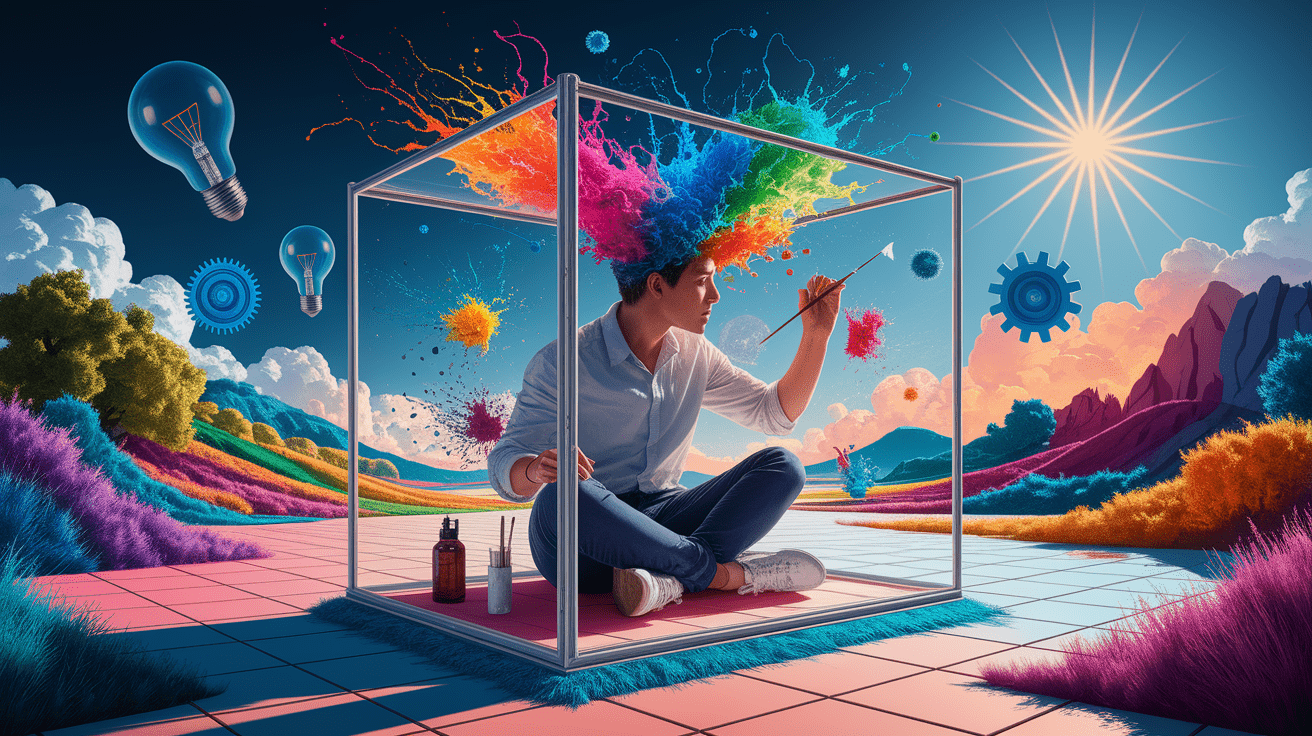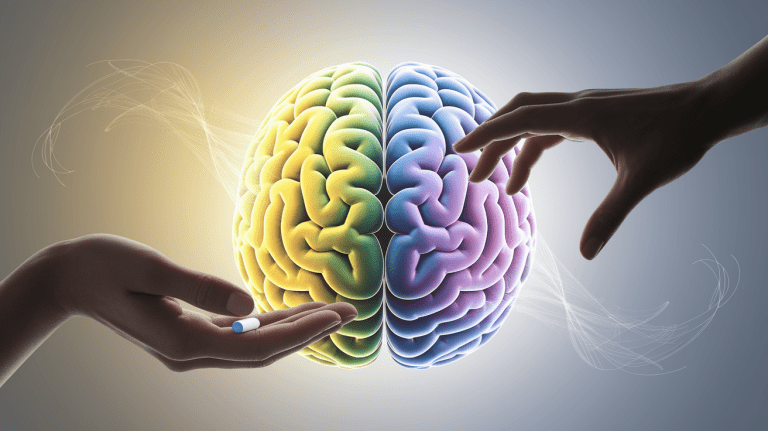Thinking Inside the Box: How Constraints Fuel Creative Minds
Introduction – Defining Creative Constraints Psychology
In the field of psychology of creativity, the concept of creative constraints refers to the deliberate or situational limitations placed on materials, time, scope, or methods during the creative process. These boundaries are not inherently negative; rather, they can serve as catalysts for innovation under constraints, fostering resourcefulness and focus. The study of creative limitations within constraint theory highlights how such boundaries shape problem spaces, encourage structured thinking, and increase the likelihood of novel outcomes.

Shifting Mindsets – Constraints as Problem-Solving Boosters
Within cognitive psychology, constraints function by shifting individuals into a targeted problem-solving mode. Instead of facing an overwhelming abundance of choices, individuals experience reduced cognitive load, allowing deeper, more explorative thinking. According to research summarized by ThoughtLab, constraints can disrupt functional fixedness—a psychological bias that limits seeing objects or ideas beyond their conventional roles—leading to new uses and perspectives. This aligns with cognitive load theory, where narrowing possible actions frees mental resources for creative recombination. Empirical studies suggest that when resources are scarce, the forced reconfiguration of mental models enhances both originality and feasibility of solutions.

Types of Constraints – External vs. Self-Imposed
Creative constraints can be categorized along two primary lines: external and internal (self-imposed). Each plays a distinct role in creative problem framing and subsequent solution generation.

- External constraints: These include tangible boundaries such as financial limitations, deadlines, material availability, or regulatory guidelines. They often arise from environmental or organizational conditions.
- Self-imposed constraints: Voluntary restrictions such as setting personal rules, creative challenges, or style boundaries. Famous examples include Ernest Hemingway’s minimalist prose and Dr. Seuss’s use of limited vocabulary to generate whimsical narratives.
As presented in the typology of constraints, both forms can limit creativity in certain contexts but also enable innovation by focusing attention on achievable objectives, reducing ambiguity, and motivating breakthroughs. The balance of these constraints influences creative motivation and psychological resilience.
Inside the Creative Brain – Neural Mechanisms Under Constraint
Neuroscientific studies reveal that constrained creative tasks engage the brain differently than unconstrained ones. Research from the National Library of Medicine points to dynamic interactions between the default mode network (associated with spontaneous idea generation and episodic memory) and the executive control network (linked to cognitive control and working memory). Under constraint, greater cognitive control is required to overcome conceptual interference—essential for generating ideas that are both original and useful.

This dual-network engagement supports the concept of bounded creativity, where limitations sharpen mental focus and facilitate integration of disparate concepts. Over time, adaptation to such constraints may enhance psychological flexibility, a key component in sustaining creativity across diverse contexts.
Real-World Impact – Applying Constraints for Innovation
Constraint-driven creative strategies have practical applications across numerous domains:

- Art and literature: Movements like minimalism thrive on deliberately reduced forms and resources to provoke deeper emotive and intellectual responses.
- Business and design thinking: Tight budgets or short timelines stimulate rapid prototyping and focus on core product features, aligning with principles of constraint-based design.
- Education and skill development: Structured exercises using limited tools foster creative confidence building in learners by encouraging imaginative repurposing.
As noted in Psychology Today, viewing boundaries as opportunities—instead of psychological barriers—enhances both motivation and adaptability. This mindset nurtures a creative flow state under pressure, allowing individuals to maintain high engagement even within tight limitations.
Conclusion – Embracing Limits to Amplify Creativity
Far from inhibiting innovation, well-structured limits can function as powerful tools that refine focus, drive problem-solving, and spark originality. The psychology behind creative limitations reveals that constraints stimulate both cognitive and motivational mechanisms essential for breakthrough thinking. By reframing boundaries as valuable design elements within the creative process, individuals and organizations can access deeper levels of insight and produce solutions that might otherwise remain undiscovered.







